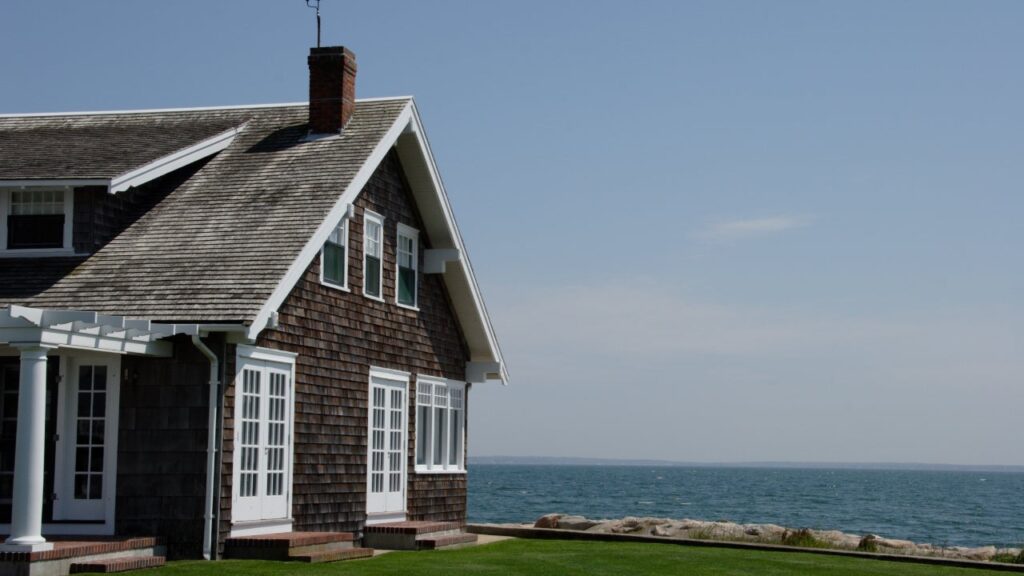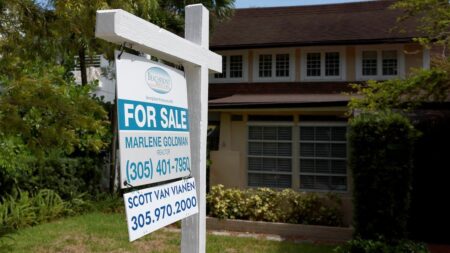Our writers and editors used an in-house natural language generation platform to assist with portions of this article, allowing them to focus on adding information that is uniquely helpful. The article was reviewed, fact-checked and edited by our editorial staff prior to publication.
Key takeaways
- Refinancing a second home or investment property can help you secure a lower interest rate, shorten your loan term, reduce your monthly payments or access the home’s equity as cash.
- Before refinancing a vacation home or rental property, carefully consider your goals.
- The refinancing process for a second home or rental property can be a little more complicated than that of a primary residence. You’ll still need to provide documentation, and have solid credit and enough equity, income and assets to qualify.
There are similarities between refinancing your primary mortgage and a mortgage on a second home or investment property, but there are some crucial differences in requirements. Before you embark on refinancing your second home or investment property, here’s what to know.
What is a second home vs. investment property?
In simplest terms, a second home is a property you live in for part of the year, typically used for vacations. An investment property, or rental property, is a property you rent out to generate income. One key difference between a second home and an investment property is how much time you spend in it. For tax purposes, a second home is considered an investment property if you live in it for 14 days or fewer per year, or less than 10 percent of the days you rent it out per year.
Why refinance your second home
You might decide to refinance a second home or investment property to take advantage of a lower interest rate, modify your loan’s term or lower your monthly payments. If the property has appreciated in value, you could opt for a cash-out refinance to pay for renovations to the property or other expenses.
You might also refinance to:
- Consolidate your primary residence and second home mortgages into one loan
- Save money on interest because you’ve improved your credit score
- Switch from an adjustable-rate mortgage to a fixed-rate mortgage
Some investors even use cash-out refinancing to buy more properties.
How to refinance a second home or investment property
There are two primary ways to refinance a second home:
- Rate-and-term refinance: A rate-and-term refinance replaces your current mortgage with a new one that has a different interest rate, different loan term or both.
- Cash-out refinance: A cash-out refinance replaces your existing mortgage with another bigger one, allowing you to pocket the difference between the two loans in cash. The amount of cash you can withdraw is based on the home’s level of equity and the lender’s requirements.
To prepare for refinancing a second home or investment property:
1. Understand your goals
Before deciding to refinance your second home or investment property, determine why you want to refinance. For example:
- Is your goal to lower your monthly payments?
- Do you want to access equity to pay for other large expenses? (If so, do you know exactly how much those expenses cost?)
The answers will guide you to the right type of refinancing for your situation.
Generally, refinancing could make sense if you can lower your interest rate. With rates today at multi-decade highs, it’s not a good time to refinance for most borrowers.
Keep in mind, too, that refinancing could extend the loan term back out to as much as 30 years. If you were planning to pay off your investment property or second home sooner than that, you’ll need to refinance to a shorter term, which could increase your monthly payments, even if you’re refinancing a smaller balance or to a lower rate than what you started with.
2. Check if you qualify
Determine whether you meet your lender’s requirements in these areas:
- Equity and loan-to-value (LTV) ratio: In order to refinance, you’ll generally need at least 20 percent equity in your home, and sometimes more if it’s a second home or investment property. In addition, most lenders don’t allow you to tap more than 80 percent of your home’s value in a cash-out refinance.
- Credit score: Many lenders require a minimum 620 credit score — but, the higher your credit score, the better refinance rate you’ll get. If your credit isn’t good or excellent, refinancing might end up costing you more in interest rather than saving you money.
- Debt-to-income (DTI) ratio: Your debt-to-income (DTI) ratio must be low enough that you can afford the loan. If your income has dropped since you were approved for the original mortgage, you might have a challenge on this front.
- Cash reserves: Some lenders require you to have reserves set aside equal to several months’ worth of mortgage payments.
3. Gather preapproval documents
Similar to the steps to refinance your primary residence, when refinancing a second home or investment property, you’ll need to provide documents such as W-2s, pay stubs, bank statements and previous tax returns. The lender will also want information on your primary residence and any other properties you own, and other assets like retirement accounts. The lender will review these documents to inform its preapproval decision.
4. Get at least three refinance quotes
Once you have your documents prepared, shop around with at least three mortgage refinance lenders. Aside from differences in refinance rates, the refi fees, guidelines and requirements can vary by lender. You might want to start with your current lender to see if it offers any special discounts for returning borrowers, but remember: You don’t have to work with that lender if you find a better offer elsewhere.
5. Pay closing costs
Just like with your primary home, you’ll need to pay closing costs on a second home refinance. These are often less expensive than the closing costs you paid when you bought the property, and typically include an origination fee, appraisal fee and credit check fee.
Differences between refinancing a second home vs. primary residence
Although the main goals of any refinance are the same, refinancing is more complicated if you own more than one property. Here are some key differences:
- Second property refinances are seen as riskier: Lenders consider non-primary residences riskier investments than a borrower’s main home, and investment properties are viewed as riskier still.
- Qualifying is tougher: Many lenders have more stringent requirements for refinancing second homes and investment properties, and usually interest rates for those loans will be higher, as well. You might need more equity to refinance a second home or investment property than you would for a primary residence. You might also need to have more cash in reserves.
- Some lenders might shy away: Many mortgage lenders aren’t interested in investment property loans, let alone investment property refinances. Because of this, you might have limited options.
FAQ on refinancing a second home
-
Yes, you can refinance a second home that you are renting out. You can also use that income to qualify for a refinance, as long as you’re properly documenting it on your tax returns.
-
Second home mortgage refinance rates are influenced by many factors, including current market trends and your credit history and finances. Because they’re considered riskier, second home mortgages tend to come with slightly higher interest rates.
-
You can do whatever you want with the proceeds of a cash-out refinance, so there’s no reason you couldn’t use a cash-out refinance to buy a second home. Generally, you’ll get more favorable terms refinancing your primary mortgage compared to refinancing a second home mortgage.
Read the full article here
















